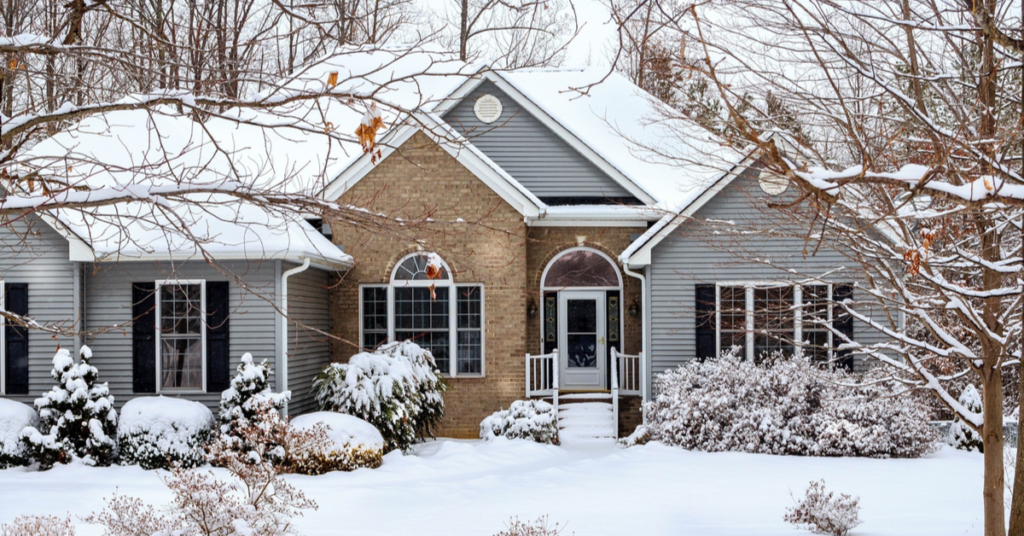Existing-home sales declined month over month in November to a seasonally adjusted annual rate of 6.69 million units, the National Association of Realtors (NAR) reported.
That’s a backtrack of 2.5% from the prior month, snapping five consecutive monthly increases, though annual growth remained strong with a 25.8% gain.
Regionally, the picture was much the same. No major region in the country saw sales grow month over month; existing-home sales were flat in the West, while the Northeast, Midwest and South saw monthly drops of 2.2%, 2.5% and 3.8%, respectively. But all four regions saw strong yearly growth, with each recording a gain of at least 24%.
“Home sales in November took a marginal step back, but sales for all of 2020 are already on pace to surpass last year’s levels,” said Lawrence Yun, NAR’s chief economist. “Given the COVID-19 pandemic, it’s amazing that the housing sector is outperforming expectations.”
Joel Kan, associate vice president of economic and industry forecasting for the Mortgage Bankers Association (MBA), agreed, adding that “at 6.7 million units, the average annual sales pace for the past three months was the strongest stretch since 2006.
“Now at five months of year-over-year sales gains, the housing sector remains strong through the slow but ongoing economic recovery,” Kan said.
Want more news, topics and trends?
Get perspectives on the mortgage industry from thought leaders by subscribing to Scotsman Guide’s free digital editions.
Kan did note that an obstinate lack of inventory remains a cause of concern. Total housing inventory fell 9.9% from October and 22% from November 2019 to 1.28 million homes — an all-time low 2.3-month supply at the current sales pace. The shortage continues to drive competition, with 73% of homes sold in November on the market for less than a month. Properties typically stayed on the market for 21 days, seasonally unchanged from October and down from 38 days last November.
Low supply also continues to drive prices upward, with the median sales price jumping 14.6% to $310,800 year over year. With the increase, November marked the 105th consecutive month of annual price gains.
“In 2021, rising home prices caused by robust demand and tight housing supply could adversely impact lower-income and first-time homebuyers,” said Kan. “MBA forecasts for a strong year of purchase originations, home sales, and new housing starts, but more new and existing housing supply is needed to preserve housing affordability.”
Yun said that while the slowing labor recovery and resurgent coronavirus cases (along with the lockdowns triggered by new surges) have dented consumer confidence, the prognosis for near-term home sales and beyond remains upbeat.
“Circumstances are far from being back to the pre-pandemic normal,” he said. “However, the latest stimulus package and with the vaccine distribution underway, and a very strong demand for homeownership still prevalent, robust growth is forthcoming for 2021.”







